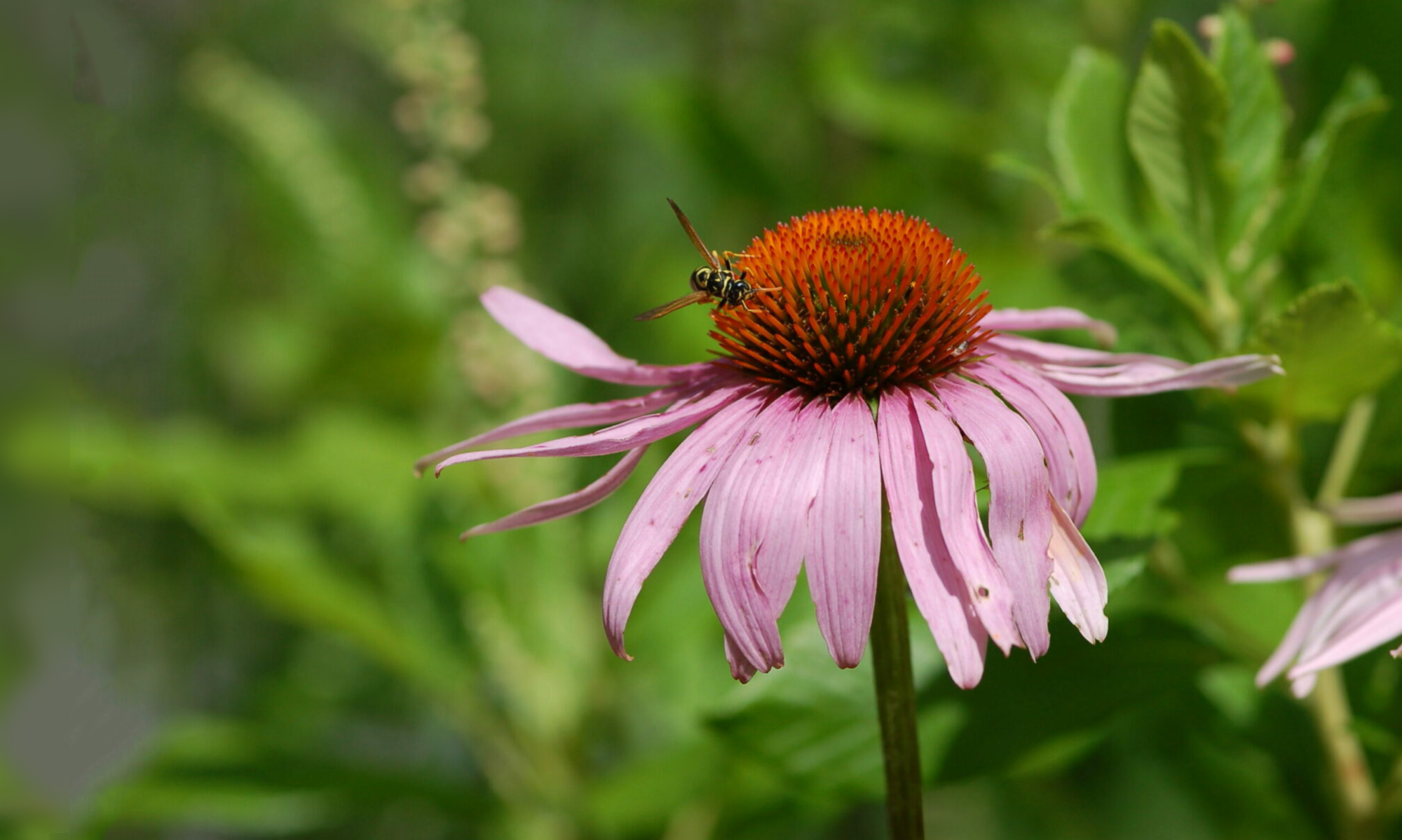
If you’ve read my first book, TRACKING TRASH, you know that I’m a fan of the ocean cleanup extravaganza known as the International Coastal Cleanup (ICC). One day, hundreds of thousands of volunteers, millions of pounds of trash lifted from shores and deposited in safer places AND a twenty-five year record of every single item collected*. What’s not to love? Having participated in a few events myself, I know first-hand the impact they have on local beaches and the people who love them.
This year, The Ocean Conservancy is encouraging event organizers to take their work to the next level: clean up beaches, record the trash you find … and at the same time do everything you can to be sure you make as little impact on the planet as possible. No more Boxes of Joe on the sidelines, folks; bring your own coffee in a re-useable mug. I love it.
Participating in a planned ICC event is an excellent way to empower students who are aware of the ocean pollution issue. (TRACKING TRASH readers, for example.) Yes, there is a lot of trash in the ocean, but we can do something about it. We can clean it up, we can look carefully at what we find, and we can change our habits. You can participate alone, with your family, with a classroom of students or as part of a scout group. The options are endless, and the impact is real.
This year’s ICC is September 17, and you can find more information and an event near you at The Ocean Conservancy’s International Coastal Cleanup page.
For more information on ICC events happening in Massachusetts, where the festivities are spread out over a two month timeframe, visit the 2011 Coastsweep page.
* For 26 years, volunteers have counted all the debris collected on beaches around the world during ICC. Their results are compiled and published annually in The Ocean Conservancy’s State of the Ocean report. You can access the 2010 report from the ICC webpage linked above.










